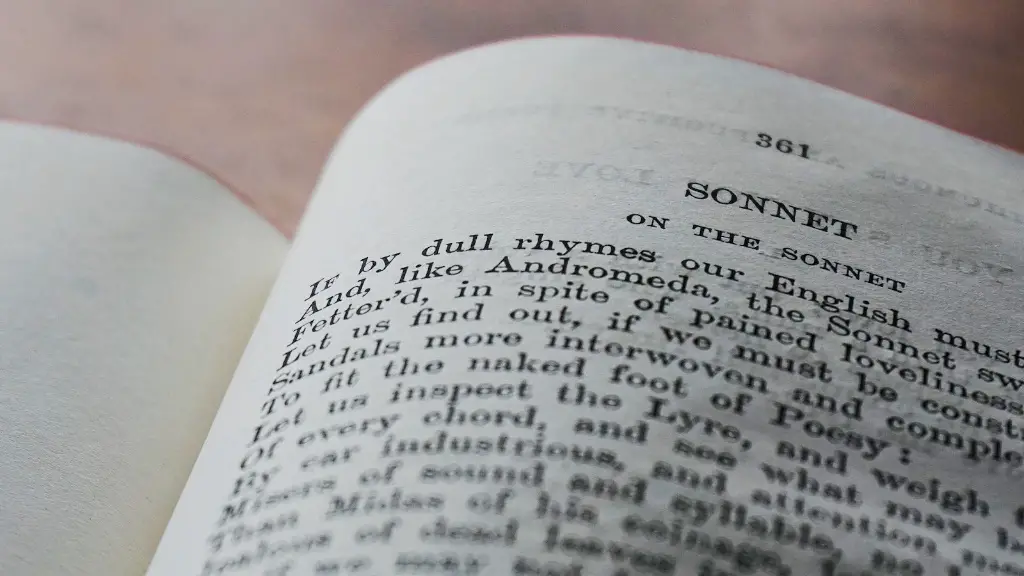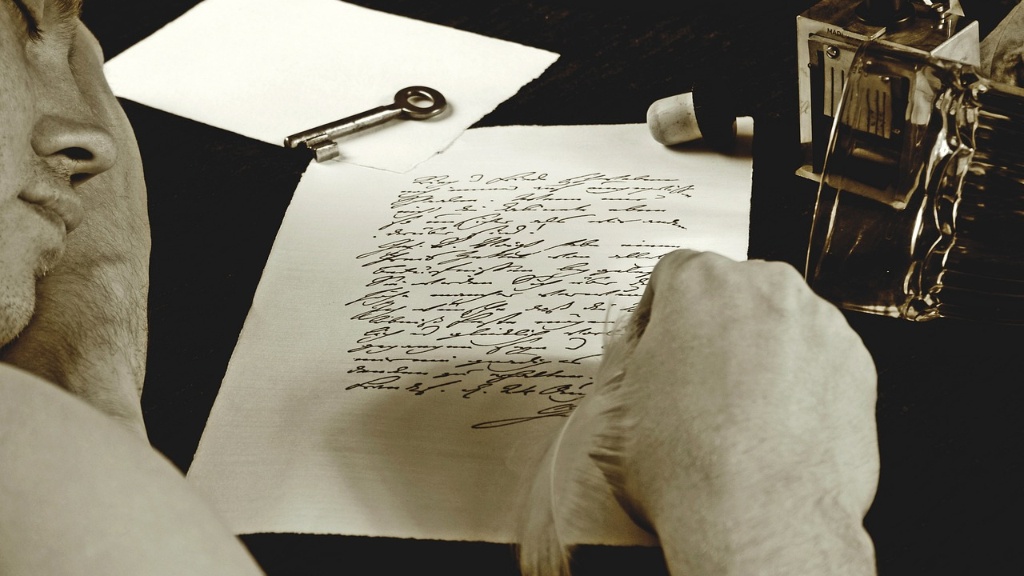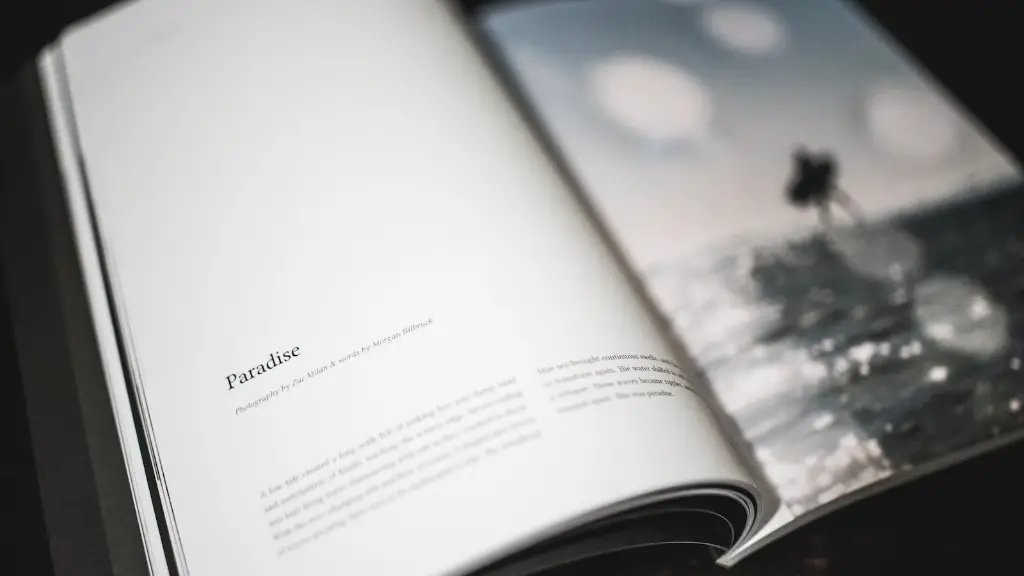Poetry analysis is a way of exploring how different components within a poem contribute to its overall meaning. By looking at the words and their symbolism, the tone and structure of a work, and other poetic elements, one can gain insight into the meanings of the poem. People can analyse poetry to gain a better understanding of its themes and to interpret its various layers of meaning. In this article, we will discuss the basics of how to analyse poetry and discuss some important elements to look for.
When interpreting a poem, one should start by paying attention to the literal elements: its words, structure, and poetic devices. Words are the building blocks of poetry, and their arrangement and Symbolic meaning can contribute to a poem’s overall theme or message. By focusing on each individual word and its specific connotations, one can infer the direction that the poet most likely intended the poem to take. Additionally, the structure of a poem, such as its length, line breaks, and rhyme schemes, can also lend insight into the poem’s meaning. Certain poetic devices, such as similes and metaphors, can also provide clues about the poem’s message.
In some cases, a poet’s biographical or historical background can provide further insight. Analysis of the poem in its historical context can often be helpful when trying to determine the intended meanings and themes. Similarly, reading other works by the same poet can provide further insight into the particular style and intent of a given poem.
Another important factor in poetry analysis is the poem’s tone. Depending on the poet’s choice of words and their arrangement, the poem’s tone can be completely different even if the poem’s literal subject matter is the same. For instance, a poem about the beauty of nature can evoke feelings of joy and awe depending on the way it is written. Thus, the tone of a poem can provide clues about its meaning.
In addition to being able to decipher the meanings behind the poet’s words and structure, it is also essential to be able to identify and analyse overarching themes in the poem. These could include political, societal, or religious themes, but can also include more general themes such as love, justice, and mortality. Being able to identify the themes in a poem and relate them to the literal elements is an important skill and allows the reader to gain a much deeper understanding of the poem.
Finally, one should pay attention to the poem’s imagery. A poem can often be more than just a sum of its words and can be interpreted more deeply through its visual imagery. By paying attention to the images presented in the poem and how they are used, one can gain even more insight into the poem’s hidden meanings.
Theme
Themes are often abstract and universal ideas, such as love and death, explored in literature. A poem, like any literary work, can contain more than one theme and, in some cases, a theme may be present but difficult to pinpoint. To analyze a poem for its theme, ask what emotion is evoked by the poem and how is that emotion presented. Words and images, including metaphors, will often form the basis for a work’s theme. For example, a theme of loneliness may be explored through imagery that is cold and empty, or a theme of heroism through images of courage and strength. Examining a poem for its theme can provide a great deal of insight into its overall meaning.
Symbolism
Symbolism is an integral part of poetic analysis. A symbol is an image or metaphor that stands for something else. It is often used to impart ideas and emotions that cannot be expressed as easily using literal language. In poetry, symbolism can reveal underlying themes, provide insight into character motivations, and evoke strong emotional reactions. Examples of symbols include rain to represent sadness or light to represent knowledge. In order to analyze a poem for its symbolism, one must identify what the symbol is and how the poet is using it in the poem.
Mood and Atmosphere
The mood of a poem refers to the overall feeling or atmosphere that it creates. This feeling or atmosphere is often created by the setting or imagery used in the poem. The mood can be dark or optimistic, comic or tragic. Additionally, the poem’s tone, or attitude of the speaker, contributes to its mood. To analyze a poem for its mood, look for words and imagery used to describe the setting or characters, as well as the attitude of the speaker.
Structure
The structure of a poem is determined by the way in which its words are arranged and their arrangement can have a great impact on its overall meaning. This includes the number of lines and the length of the lines, as well as the rhyme scheme, if there is one. It also includes the movement of the poem, which can be either slow or fast. Additionally, the structure can also reveal the poem’s theme or message. To analyze a poem’s structure, one must take a closer look at its words and their arrangement. Additionally, one should pay attention to how the movement of the poem contributes to its overall feel and tone.
Meaning
The overall meaning of a poem is determined by the individual meanings of its words and the ways in which they are combined and used in the poem. To understand the poet’s intended meaning, one must pay attention to the literal structures and meanings of the poem, as well as the more abstract qualities such as its tone, mood, and symbols. Additionally, one should consider the poem’s historical context as well as the author’s biography. By carefully considering these factors, one can gain an in-depth understanding of the poem’s true meanings.
Language
Language is an essential element of poetry and the poet’s choice of words and their arrangement can have a great impact on the poem’s meaning. By examining the language used in a poem, one can gain insight into the poem’s tone and atmosphere, as well as its themes and emotions. Additionally, by noting the use of certain poetic devices, such as metaphors, similes, and alliteration, one can gain further insight into the poem’s meanings.
Diction
Diction is the way a poet uses a certain language, or choice of words, to convey a particular meaning in their poem. For example, a poet may choose to use formal or informal language, or specific and abstract words. By paying close attention to the poet’s diction, one can gain insight into their intent and the overall themes of the poem.
Rhythm
Rhythm is a key element of poetry and is often used to create a certain atmosphere or feeling. By looking at the rhythm of a poem, one can gain insight into the meaning of the poem and its effect on the reader. This includes looking at the poem’s meter, which is the pattern of stressed and unstressed syllables, as well as the poem’s overall tempo and cadence. Additionally, one should pay attention to any repetition or alliteration that the poet has used, as these can have a powerful effect on the poem’s overall rhythm and convey certain meanings.



